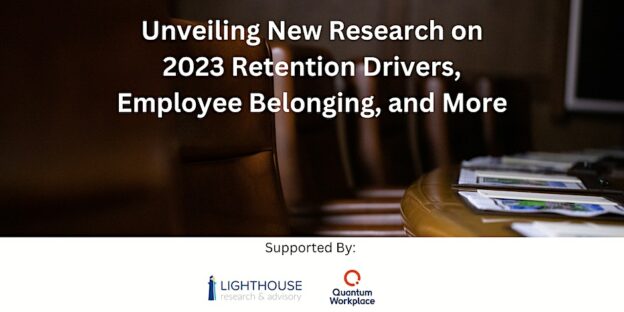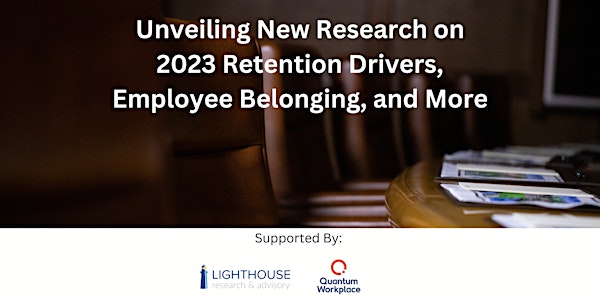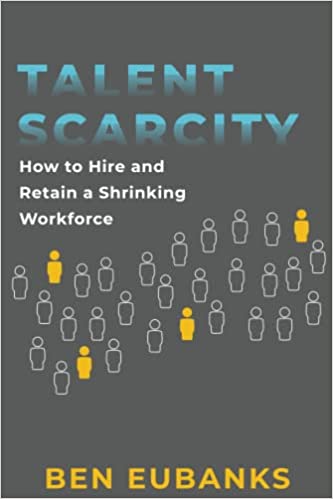
IÂ will be presenting more on this topic at the HR Innovators Virtual Conference – 2 Days, 6 Education-packed sessions from top-rated speakers covering topics critical to success today, including, millennials and culture, creating meaningful workplaces, using social media to attract talent, and how talent loss affects innovation. Register Today! Space is limited.
Years ago, I worked for an organization with a turnover problem. And this wasn't just an isolated issue—it affected a significant amount of the 700-strong workforce and created an incredible burden on the HR staff to manage the issue. Despite small efforts here and there, little was done to change the direction of the firm and it ultimately went under, unable to keep afloat amidst the constant turmoil.
Everyone knows that employee turnover is a problem, but just how much of an issue is it, really? Today we're going to explore the far-reaching nature of turnover and what it means for your organization. Anecdotally, I know that undesirable turnover can harm team morale, reduce revenue, and hamper innovation. But the data supports this as well. According to an article on ERE, the impact of turnover depends on the career level of the employee.
- For entry-level employees, it costs between 30-50 percent of their annual salary to replace them.
- For mid-level employees, it costs upwards of 150 percent of their annual salary to replace them.
- For high-level or highly specialized employees, you're looking at 400 percent of their annual salary.
We know that this is a challenge, but I believe there's an even more costly aspect of turnover that most organizations don't examine: the impact on innovation.
Innovation Impacts
In 2014 Carnegie Mellon had some of the world's brightest robotics minds working on its campus. These people were focused on the bleeding edge of robotics technology and their research could have created new breakthroughs and advancements in the use of robotic technology for the betterment of mankind.
But then they left.Â
In a surprise move, Uber lured the scientists away and brought them into the fold. This not only caused a blow to the university—it also affected each of us. The research that was performed at Carnegie Mellon would have certainly been published in academic journals and shared with the world, forming the basis for new breakthroughs in robotics and other fields. The research they complete at Uber? It's going to be tucked away in a proprietary database for the benefit of the company's pursuit of a robotic car fleet.
So, what does this have to do with you and your organization?
While you might not have a team of PhD-level robotics experts on staff, you do have a set of smart, intuitive professionals within your organization that are constantly creating, innovating, and experimenting. They don't have to be on a formal team or even in the same hierarchy, but they are still pursuing new ideas and opportunities just the same. If an opportunity arises to serve customers in a new way or develop a new product/service, the people with that mindset are often the originators. Â
In fact, I've met quite a few HR leaders that fit this description. This comes from the fact that we as HR staff have the opportunity to see across functional and organizational lines, often discovering new methods and options for performance improvement.
Wherever this talent resides, the question remains: what do we do if one of these people leaves?
We know that it's painful to have people depart. The statistics linked above point to some of the challenges this creates, and yet the research looks mainly at the impact today, not for the future.
I'm arguing that we should see employees as appreciating assets, with a higher future value.
While it's challenging to quantify the value of innovation and to be able to predict what people are going to create, it's fairly easy to see that the future value of one of these individuals is clearly higher than the cost of their wages and benefits today. And that's my position on this topic: the long-term impacts to innovation will harm the organization much more than the loss of the person performing the job function today.
Consider this example. In the past I served as the HR Director for a global government services firm. One of our employees, a software engineer, earned approximately $70,000 per year. If that person left, we would have lost that “position,†which would have required time, effort, and resources to backfill for the unique skill set. Let's estimate that total cost to be $100,000. What's interesting is the $100,000 figure is actually a relatively minor amount when compared to the overall value of the employee and her innovative ideas. Â
One day on a whim that employee developed a new method for licensing hardware and software to the government. That bloomed into a multimillion dollar product line and became a steady source of organizational revenue. However, if we only looked at the “normal†cost of turnover, we would have seen only an impact of $100,000, not several million dollars.
Want to Know the Secrets to Employee Retention?
We have defined the problem, but what about the solution? In the upcoming session I'll explore more than 20 ways to impact retention ranging from the simple steps to take today to the radical changes that separate good organizations from great ones. The ideas include:
- Â Â Â Â Â Gamifying retention
- Â Â Â Â Â Â Â Â Changing the ownership mentality
-         Using an executive “save†strategy
- Â Â Â Â Â Â Â Â And more!
I hope you'll join me for this session so we can make employee retention a positive differentiator for your business. Click this link to register and join me at the upcoming session: How Losing Your Best Employees is Killing Innovation.






 When I realized the link from retention to recruiting
When I realized the link from retention to recruiting